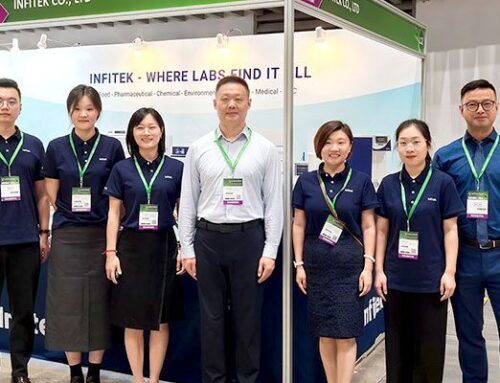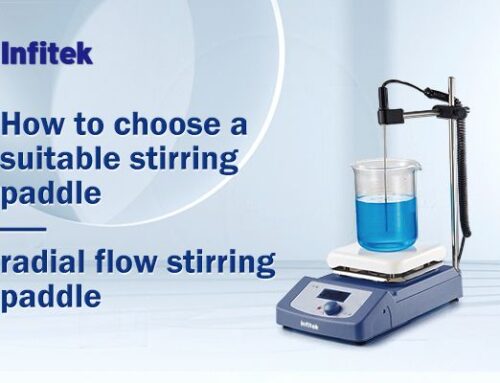Sample storage is one of the most important but often neglected or under-documented steps in experiments and publications, respectively. In most biological experiments, samples have to be stored before use, processing, and analysis, and how they are being stored can significantly affect their stability, which impacts data reproducibility.
For instance, antibodies for use in immunostaining and therapies need to be stored at -20C and only thaw before use. Multiple freeze and thaw cycles are not recommended. At higher temperatures, the antibodies can become unstable, denature, and lose their specificity and bioactivity.
Another good example is biobanking where cells need to be stored at -80C to retain functionality after thawing. When cells are stored at temperatures higher than the suggested –80C and when the rate of temperature decrease is too slow during cryopreservation, ice crystals can form inside and outside of cells, leading to low cell viability after thawing.
Here are some factors to consider for storing your samples effectively:
Temperature control
Fridges and freezers—including ultralow temperature freezers that go as low as -80°C and cryogenic freezers that can go as low as -150°C—are pieces of equipment commonly used to preserve the integrity of biological samples such as proteins and mRNA that can be compromised at room temperature. It is important to be able to program or control the rate of change of temperature. For example, during cryopreservation, the optimal rate of change of temperature should be about 1oC per minute to maximize cell viability after thawing.
Secondly, the opening and closing of cold storage can cause temperature fluctuation, and it is necessary to find an instrument that can quickly remove excess heat to restore the desired temperature. For instance, cold storage with vacuum insulation technology can reduce heat transfer with the external environment. Many modern freezers also enable different compartments to be opened separately. This helps to avoid prolonged loss of temperature control when multiple researchers need to access the equipment to store or retrieve samples one after another.
The ability to check and re-calibrate temperature is also crucial because the internal thermal sensor in older cold storage may malfunction. If re-calibration is not possible, it would be cumbersome to move all samples into a spare cold storage unit for sensor replacement or repair. Finally, cold storage must be compatible with backup cooling because events like natural disasters could disrupt the electricity supply and destroy samples and projects.
Energy requirements
To maintain a constant temperature, fridges and freezers need an enormous amount of energy for excess heat removal. Depending on the type of refrigerant and compressor design, more energy-efficient products can use 50 percent less energy, which can lead to substantial operating cost savings in the long term. Additionally, as research institutions and companies commit to climate goals, the energy efficiencies of cold storage are becoming an increasingly important purchase consideration. Buyers can look for certifications such as Energy Star that has lower energy consumption.
Compatibility with lab and users
Besides technical requirements, it is also useful to consider how cold storage fits into the profiles of the lab, the users, and their projects. Upright fridges and freezers could better maximize labs with limited space while the lower design of chest freezers may be more suitable for users who are physically challenged and enable users to retrieve samples more easily. As the trend of remote work is here to stay, labs may also want to consider getting cold storage that is connected to Wi-Fi for remote access to check, address, and adjust settings like temperature and alarm.
Sample storage is an essential step in most biological experiments to maintain sample integrity for generating reproducible and accurate data. Using a checklist that consists of factors like temperature control, energy requirements, and compatibility equips lab managers to make wise purchase decisions and maximize their research productivity.




Get Social